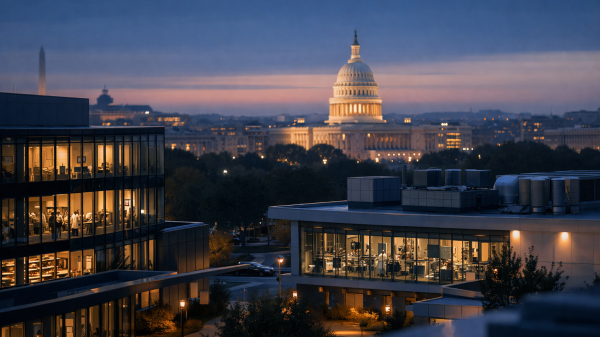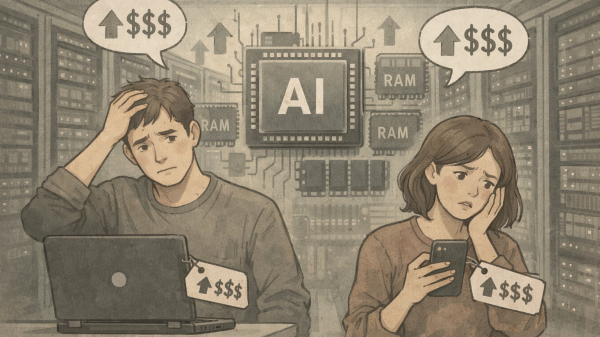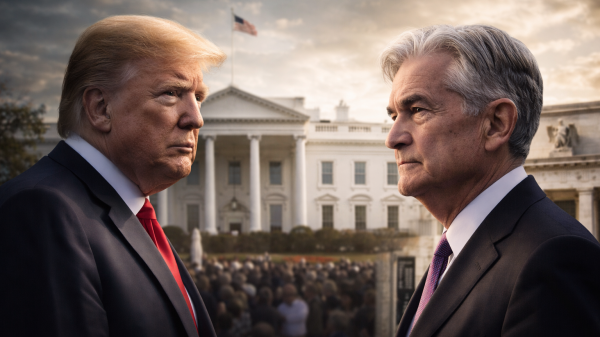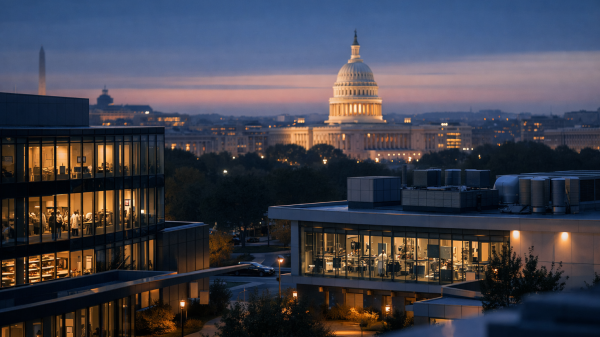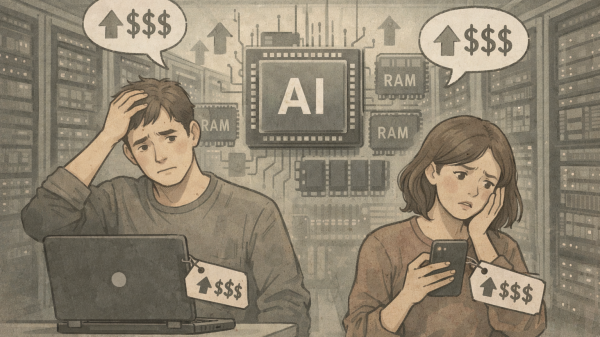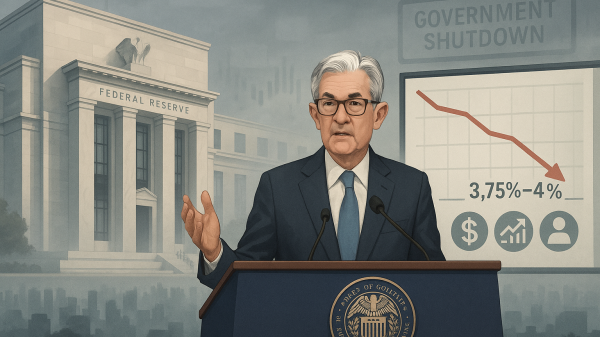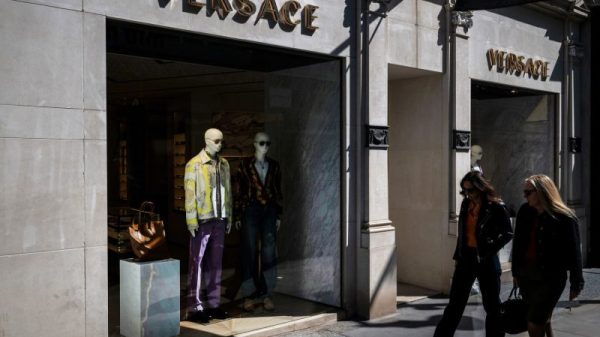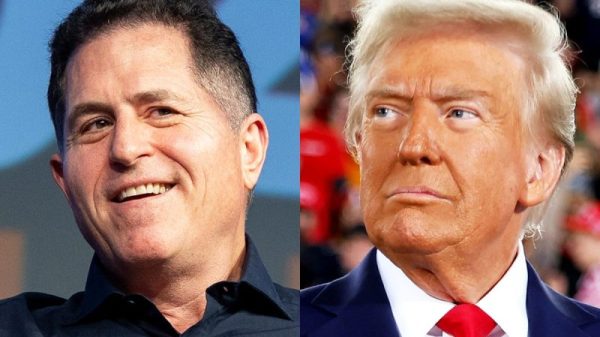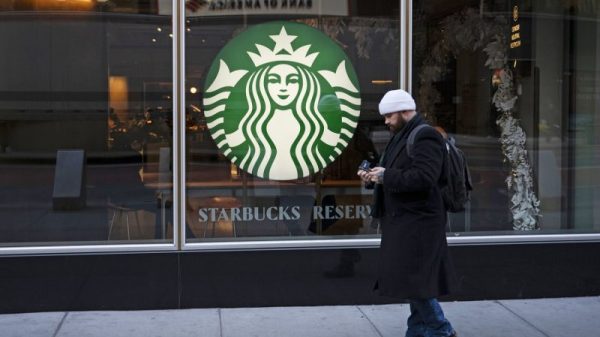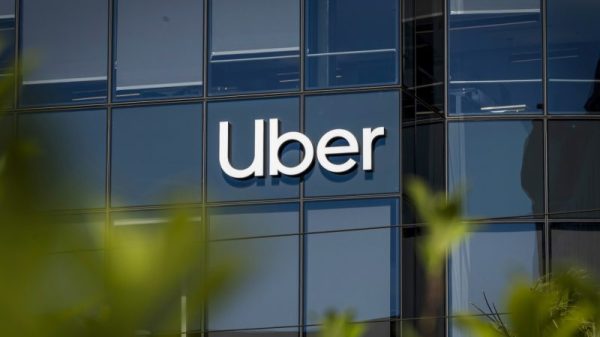Brazil’s inflation in July was below market expectations, data published Tuesday by the statistics agency IBGE showed, mainly reflecting the benefits of falling food prices for consumers.
The rise in consumer prices was 0.26% in July, up from 0.24% in June but below economists’ forecast of a 0.37% increase.
That moderation was the consequence of a second straight monthly fall in food and beverage prices that outweighed upward pressures from other classes.
The largest contributor to the monthly increase was housing costs, particularly due to higher prices for electricity. Lower apparel and communication costs also contributed to the weaker-than-expected headline number.
Year-on-year, prices rose 5.23% during July, slipping from 5.35% in June, and below the market consensus of 5.33%.
The rate is still far away from the official target of the central bank, but the trend indicates that inflation is cooling down.
Inflation remains above the tolerance band
The Brazilian central bank’s inflation target is 3%, with a tolerance of plus or minus 1.5 percentage points. This means that yearly inflation is expected to remain between 1.5% and 4.5%.
July represented the eighth consecutive month in which the upper boundary of this band was violated, emphasising policymakers’ ongoing difficulties in bringing inflation under control.
The gradual reduction in the yearly rate implies that the central bank’s restrictive monetary policy is successful.
However, despite recent gains, inflation’s continuance over target leaves little room for authorities to soften financial conditions soon.
Monetary policy at a standstill
The central bank in July paused an aggressive tightening cycle that increased its pivotal loan rate by 450 basis points. It pushed borrowing costs to a level the bank refers to as “very restrictive,” to a near 20-year high rate of 15%.
And this is widely expected to remain the case well into next year as officials seek to bring inflation back to target.
The long stretch of elevated rates has an aim: to damp demand, cool price inflation, and ground inflation expectations.
The strategy has resulted in some evidence of cooling in some price segments, such as food and consumer goods, while other sectors—especially housing—remain under upward cost pressures.
Sectoral trends reflect diverging pressures
July data research gives different indications for different sectors. Housing prices experienced a significant increase, in part from skyrocketing electricity prices, reflecting both seasonal impacts and energy market conditions.
This gain also more than offsets some of the disinflationary pressures from some of the other categories.
The cost of food and beverages — closely monitored by policymakers due to their weight on households — eased for the second successive month.
The data also shows some declines in apparel and communications, which helped to moderate some of the price growth. These shifts between sectors imply that overall inflation is lowering, but core pressures are less homogeneous.
Outlook: gradual easing expected
Analysts see the latest statistics as evidence that the central bank’s strategy is starting to produce results, with headline pressures steadily lessening.
However, given that inflation is considerably over the target range, the outlook suggests that monetary conditions will remain tight for the foreseeable future.
The balance between falling food costs and rising housing expenses will be critical in deciding the rate of disinflation in the coming months.
External influences on the trajectory include global commodity prices and domestic energy costs.
If current trends continue, Brazil’s inflation might approach the upper bound of the target range by next year, allowing for potential policy modifications.
Until then, high interest rates are likely to be a distinguishing aspect of the country’s economic environment.
The post Brazil’s July inflation slows more than expected, but still breaches target appeared first on Invezz

